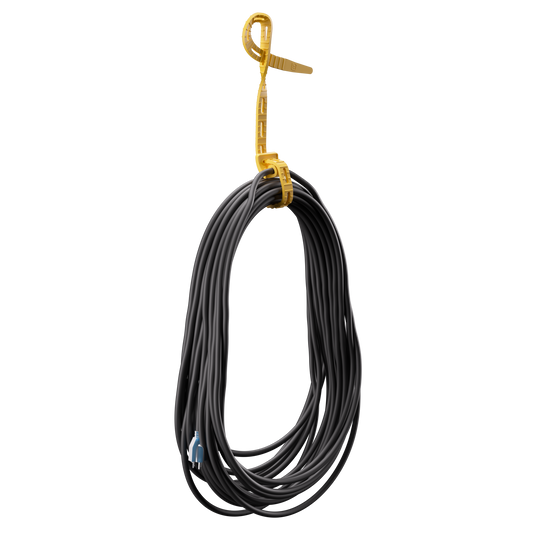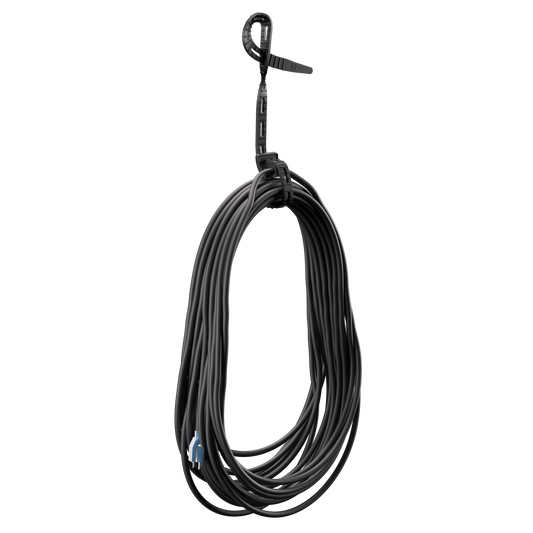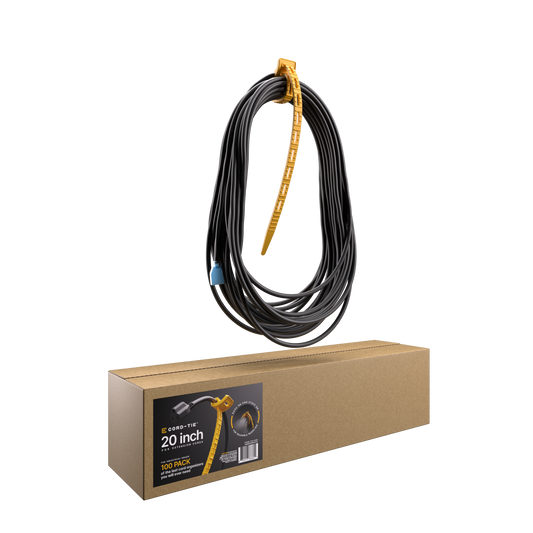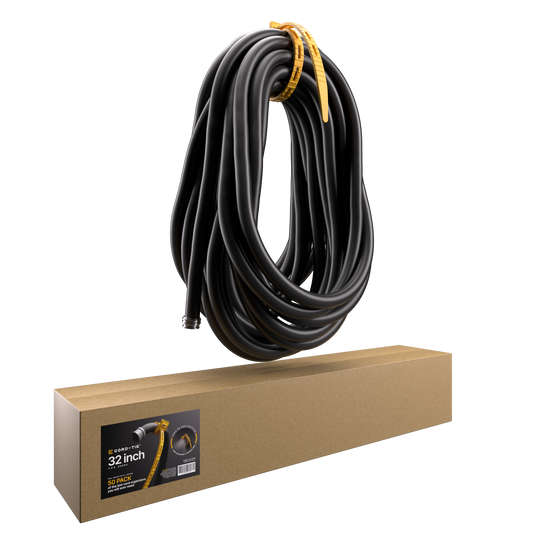
What Makes Cord-Tie Practically Indestructible
Share
Built for Extremes: The Material That Makes Cord-Tie Last
Every tool has a weak spot. Some melt in the heat, others crack in the cold, and most can’t handle chemicals or outdoor exposure for long. Cord-Tie is different. Its proprietary polymer blend is built to survive the environments where other ties fail — from freezing rooftops to hot factories and coastal air full of salt. It’s the kind of durability that comes from smart materials, not marketing claims.
What material is Cord-Tie made from, and why does it matter?
Cord-Tie is made from a high-performance polymer engineered to resist UV light, chemicals, and moisture. Unlike nylon zip ties that become brittle or chalky over time, this material maintains flexibility and strength in both heat and cold. That means it performs consistently on rooftops, in garages, or inside production facilities.
Can it handle outdoor exposure year-round?
Yes. Cord-Tie is fully UV stabilized, so it won’t fade, crack, or weaken in sunlight. It was designed for long-term outdoor use where standard ties degrade quickly. Even after months in direct exposure, it stays flexible and maintains grip.
How does it hold up in extreme temperatures?
Cord-Tie remains flexible down to –58°F and stable in high-heat environments above 200°F. That temperature range covers everything from winter jobsite installs to hot mechanical rooms. It’s one of the few reusable ties that won’t snap in the cold or sag in the heat.
Is it resistant to chemicals and oils?
Yes. The polymer resists most common industrial chemicals, solvents, and oils. That makes it suitable for environments like factories, maintenance facilities, automotive bays, or marine equipment rooms where exposure is common.
Can it handle salt air or coastal environments?
Absolutely. The material is corrosion-proof and salt-resistant, meaning it won’t degrade in humid or marine conditions. Crews working near coastal areas or deicing operations rely on it for long-term performance without rust or rot.
Does dirt or debris affect how it performs?
No. Unlike hook-and-loop systems that collect dust or grease, Cord-Tie’s smooth polymer surface wipes clean and stays functional. Even when covered in dirt, it keeps locking securely.
Pro Tips for Getting the Most Out of Cord-Tie in Harsh Environments
- Use color-coding to track equipment exposed to chemicals or outdoor elements.
- Store ties in the same environment they’ll be used in to keep consistent flexibility.
- Reuse ties between projects to cut waste and track durability over time.
- Inspect periodically but expect long-term performance — they’re built to last.
THE BOTTOM LINE
Cord-Tie’s strength doesn’t come from bulk or size — it comes from material science. The same UV-, chemical-, and temperature-resistant polymer that makes it flexible also makes it nearly indestructible. Whether it’s on a rooftop, in a shop, or near the ocean, Cord-Tie keeps doing its job long after other ties fail.

![Cord-Tie 20" – 8 Pack [Yellow]](http://cord-tie.com/cdn/shop/files/CT_20_no_peg.png?v=1761058321&width=533)

![Cord-Tie 20" – 8 Pack [Black]](http://cord-tie.com/cdn/shop/files/CT_20_no_peg_BLACK_fced3c7d-d6d6-4105-93a8-2ff1ed49f338.png?v=1761403931&width=533)

![Cord-Tie 32" – 4 Pack [Yellow]](http://cord-tie.com/cdn/shop/files/CT_32_no_peg.png?v=1761060171&width=533)

![Cord-Tie 20" – 50 Pack [Yellow or Black]](http://cord-tie.com/cdn/shop/files/CT2050Packwithpeg.png?v=1761095093&width=533)

![Cord-Tie 20" – 100 Pack [Yellow or Black]](http://cord-tie.com/cdn/shop/files/CT_20_100_Pack_with_peg.png?v=1761095228&width=533)

![Cord-Tie 32" – 25 Pack [Yellow]](http://cord-tie.com/cdn/shop/files/CT3250Packwithpeg.png?v=1761093390&width=533)

